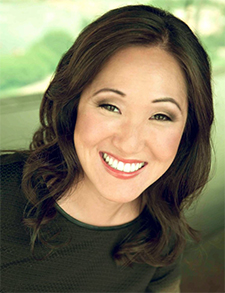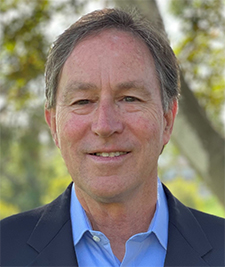It was morning on Wednesday when all the precincts in southern Minnesota’s First Congressional District had reported results for the special primary to replace Rep. Jim Hagedorn, who died in February.

In a less hotly contested race on the DFL side, former Hormel CEO Jeff Ettinger won handily with 64 percent of the vote.
But while Ettinger’s win was widespread, with large margins across the district, the GOP field showed some candidates with distinct home turf advantages.
Geographic differences
Because the special election will determine who serves out the few months remaining in Hagedorn’s term, it was held within the old First District boundaries. This year, congressional maps was redrawn through the process of redistricting. In November, another election will determine who serves the First District for the next two years, with a term starting in January.

Finstad, who is from the New Ulm area (New Ulm is the county seat of Brown County), carried away Brown County by a huge margin. He also won the most votes in population centers, including Owatonna, Winona, Austin, Faribault and Fairmont.
Munson, who is from Lake Crystal, a town of 2,500 southwest of Mankato, easily won Mankato. He also won the most votes in North Mankato and in nearby Waseca, and was the favorite when you look at more rural parts of the district on the aggregate.

Carnahan did not have a clear geographic advantage. Blue Earth, the Faribault County town of 3,000 where Hagedorn was from and where she listed her address in campaign finance documents, favored Munson, followed by Finstad. She came in third.

What’s next
In contrast to the DFL field, the Republican field had several current and former elected officials who are known to voters in parts of the district. So, the fact that Finstad won with just over a third of the vote isn’t a huge surprise given the size of the field — with 18 candidates between the two major parties, it’s the biggest primary field in Minnesota congressional history, said Eric Ostermeier, a research fellow at the Humphrey School of Public Affairs and the author of the Smart Politics blog. The previous record was 11 candidates on the primary ballot between the two major parties.

“It’s been a while since you had one of these super compressed timeframe campaigns,” Ostermeier said. “Maybe people [were] just taking a shot because it wouldn’t be that expensive of a campaign relative to a normal house race.”
Given the results, Finstad and Ettinger will go head to head on the Aug. 9 special general election ballot. On that day, voters in the new First District will also vote in the primary election for the November race.
Both Finstad and Ettinger say they are planning to run in November, though neither has filed yet. That means whoever wins in August will not have much of an incumbency advantage, Ostermeier said: He will have been on the job for 91 days.
As for the general election, political prognosticators expect the district to remain in Republican control. Redistricting didn’t change the partisan makeup of the district significantly, Ostermeier said.
“It’s basically going from a plus-15 GOP district to a plus-14 GOP district,” he said.
The candidate elected in November will serve a new two-year term, beginning in 2023.


0 Commentaires